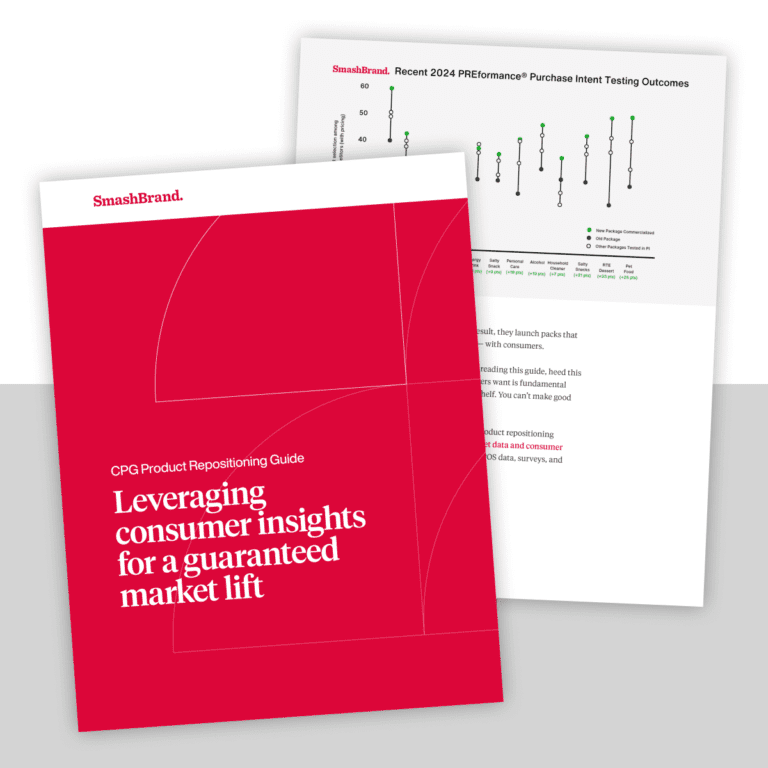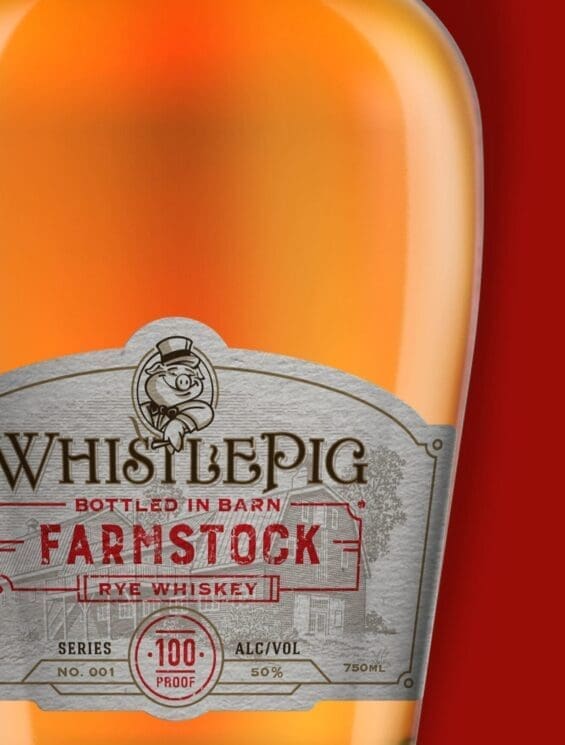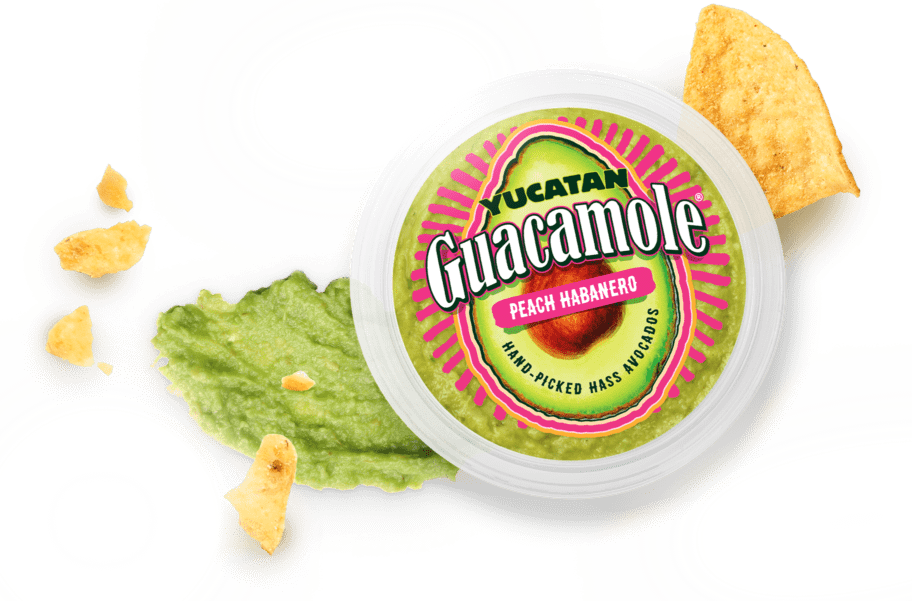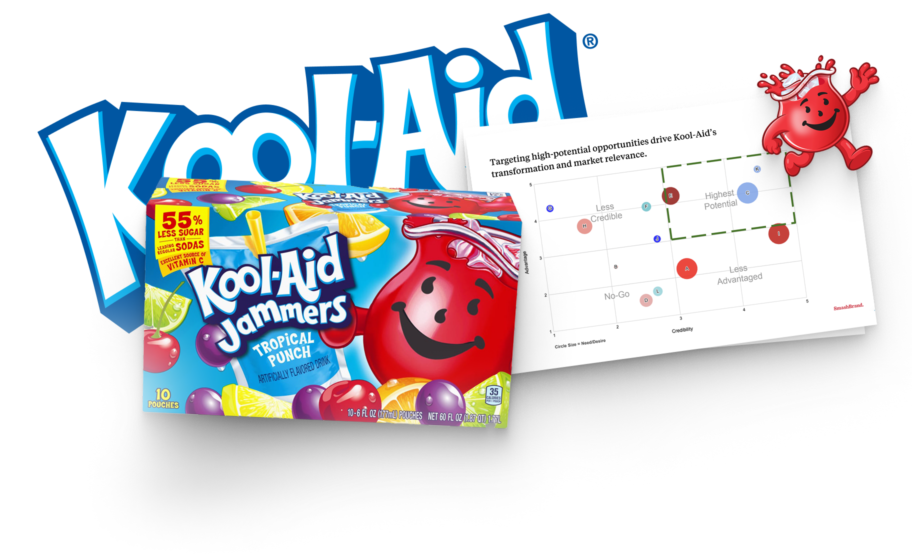Ever wonder why some new products feel like they just “get you” while others flop before they ever had a chance? The main reason behind this is strategic innovation in consumer products.
Successful product innovation means aligning with actual consumer needs and behaviors. This means every CPG innovation must be grounded in data, accurate consumer insights, and real-world testing to build brand loyalty and reduce risk.
In this article, you will learn how innovation in consumer products works, from idea to the execution phase. You’ll know what sets successful consumer goods apart, how to streamline product development, and how modern processes deliver better outcomes. Read to stop guessing and start winning? Read on!
The process behind high-performing innovation in consumer products.
Brand managers typically consider what innovative products to introduce to the market. Whether it involves breaking into a new category or expanding into an existing one, successful CPG innovation begins by aligning internal goals with external realities, specifically consumer demands and category dynamics.
During the development of the innovation platform, a structured foundation is established that connects consumer behavior, brand equity, and commercial viability. This approach minimizes risk, identifies incremental innovation opportunities, and enables process innovation that moves fast without compromising relevance.
Opportunity identification.
The first step in any impactful innovation strategy is identifying where your brand can play and win. It begins with rigorous competitive product audits and in-store retail insights. These tools help uncover white space in the market by revealing gaps in competitor positioning, unmet consumer needs, and overlooked product attributes that influence purchase decisions.
Innovative CPG brands pair competitive audits with segmentation analysis and usage & attitude studies. These tools unlock deep consumer insights, highlighting not only what people buy but also why they make certain purchases. This step ensures that any new product aligns with real consumer behavior, category context, and brand equity, setting the stage for an innovation platform built for success.
New product ideation.
With clear opportunity areas defined, the focus shifts to generating product ideas that meet real consumer needs. At this stage, brands start solving meaningful “jobs to be done” with purpose-driven innovation. Effective ideation blends creativity with constraint.
By considering real-world packaging limitations from the outset, CPG brands ensure that concepts aren’t just exciting, but also executable. This type of grounded thinking turns bold ideas into viable shelf-ready solutions that meet consumer expectations and navigate the realities of the supply chain.
Great innovation efforts don’t always mean creating something from scratch. Sometimes, the win is reimagining an existing product in a way that better aligns with consumer preferences or delivers a more substantial customer experience.
The goal is clear: become the innovation leader who delivers disruptive innovation without losing sight of what CPG brands exist to do: serve real people, in real life, with products they’ll choose again and again.
Idea screening and prioritization.
Once product ideas are on the table, the next critical step is separating the signal from the noise. This is where product idea screeners come into play, allowing teams to quickly evaluate which concepts have real potential and which don’t meet the mark.
This phase sharpens your innovation strategy by aligning each concept with your brand’s stretch potential, pricing strategy, and operational realities. It’s where product ideas meet commercial criteria, ensuring that creativity doesn’t outpace capability. For consumer goods companies operating in a dynamic global landscape, this stage of the innovation process is where smart bets are placed.
It transforms a broad innovation strategy into focused action, prioritizing the right concepts based on relevance, feasibility, and alignment with emerging trends in the consumer products industry. Screening transforms your list of ideas into a roadmap of high-value opportunities that drive genuine process innovation.
Concept development and validation.
After narrowing down the strongest ideas, it’s time to translate them into concepts that can live and win on the shelf. Develop pack-ready concepts that simulate real-world buying environments, ensuring the designs account for how actual consumers engage with products in competitive settings.
Packcept testing plays a critical role during this stage. It measures how well a concept resonates with your target audience, utilizing behavioral insights to evaluate visual appeal, message clarity, and perceived product quality. It’s validation that’s grounded in how global consumers shop, think, and decide.
In the CPG sector, particularly within the fast-moving consumer goods (FMCG) industry, success depends on more than taste or formulation. Your product design, packaging innovation, and marketing strategy must all signal value instantly. As consumer trends shift and emerging technologies influence shelf dynamics, your product innovation process must adapt in real-time.
This stage transforms innovation initiatives into market-ready assets, building brand presence through concepts that are thoroughly tested, refined, and optimized to perform effectively.
Naming and positioning.
A strong name becomes a strategic asset. It creates distinction, captures attention, and forms an emotional bridge between your brand and the consumer. In the landscape of packaged first CPG innovations, the name often becomes the first interaction, setting the tone for everything that follows.
Through validated testing, brands ensure that names and supporting claims resonate with consumer priorities, reflect current brand innovation trends, and reinforce their brand’s credibility. This includes establishing a clear messaging hierarchy that effectively communicates benefits concisely and persuasively.
For the food industry, especially, where food product packaging plays a critical role in purchase decisions, naming and positioning can make or break success. When executed through a rigorous branding and innovation lens, this step brings your brand strategy and innovation to life in a way that connects with the consumer and stands out on the shelf.
The best brand innovation examples out there convey the right message to the right people at the right time. That’s the power of precise positioning shaped by honest consumer feedback and guided by trend-aware insights.
Price and assortment optimization.
Using data-backed pricing tests, brands can identify the price points that maximize both revenue and consumer acceptance. The goal is to match perceived value with real-world expectations. Alongside pricing, assortment planning ensures that your product portfolio is built to reflect how consumers shop.
From driving first-time trial to encouraging repeat purchases, structuring SKUs across flavors, formats, or pack sizes increases your brand’s reach and relevance on the shelf. This step turns product strategy into market impact. When pricing and assortment are aligned with consumer behavior and tested performance data, your brand shows up with clarity, confidence, and commercial strength.
Why traditional innovation falls short.
Most new products never make it past the shelf because the process behind them is broken. Traditional innovation strategies often lean heavily on intuition, internal bias, and isolated creative thinking. That’s where things start to fall apart.
Without a grounding in consumer insights or behavioral data, brands often make significant bets on untested assumptions. Subjectivity drives decisions instead of genuine consumer demand, and what appears promising in a boardroom usually fails to resonate in the aisle.
There’s also a structural disconnect. Agency-driven creativity can produce beautiful work, but it rarely accounts for commercial viability factors such as price sensitivity, packaging constraints, or supply chain realities. What’s inspiring on a mood board might be impossible to execute or fail to resonate in the three-second decision window at the shelf.
Add to that the common problem of data silos and fragmented workflows where strategy, design, and research teams operate independently, and you get innovation efforts that are misaligned from the start. Without integration, insight is diluted, speed is compromised, and the risk of launching the wrong product increases exponentially.
Key pillars of innovation in consumer products.
Once we move beyond outdated approaches, innovation becomes less of a gamble and more of a disciplined advantage. To succeed in the CPG landscape, product development must be built on clear, testable pillars that align with operational reality and retail expectations. These pillars form the foundation of innovation strategies that drive market performance and foster lasting brand growth.
Science-backed benefits.
Great innovation starts with substance. Consumers need to believe they’re getting a real improvement. That means grounding your product in science-backed benefits that offer a tangible, provable advantage. Whether it’s a better formula, improved functionality, or superior nutrition, delivering a “better-way” product that holds up under scrutiny is non-negotiable. If you can’t prove it, don’t promise it.
Distinctive form and structure.
In crowded aisles and scroll-heavy eComm feeds, form and structure are often what grab attention first. Breakthrough innovation in consumer products leverages structure to make consumers stop, look, and engage. A unique shape, dispensing format, or tactile element can create immediate recognition and memorability, even before the message is conveyed.
Transparent and credible messaging.
Innovation dies in confusion. Consumers won’t spend time decoding your pack, especially in a three-second decision window. The winning formula? One promise. A straightforward proof point. Messaging must be crisp, compelling, and instantly believable. When your product communicates an apparent reason to buy, supported by evidence, it earns trust more quickly and drives conversions more reliably.
Brand equity leverage.
Innovation doesn’t always mean starting from scratch. Smart CPG brands use their existing brand equity as a springboard, expanding into new categories or formats with the credibility they’ve already earned. When consumers recognize a brand that they trust delivering something new, the leap to purchase is smaller. This is brand stretch done right: bold enough to excite, familiar enough to feel safe.
Operational feasibility.
Innovation must operate within your operational guardrails, encompassing manufacturing capabilities, cost thresholds, and regulatory requirements. That means developing concepts that are both feasible and inspiring. Aligning design and materials with your production reality avoids downstream delays and keeps innovation moving at speed.
Retail and channel fit.
Finally, great products still need a path to the shelf. Innovation that resonates includes hitting category price points, fitting planogram strategies, and supporting retailer differentiation goals. When your product aligns with both the retail environment and consumer needs, you build buyer confidence and secure the distribution that drives sales velocity.

Nice Package
Don’t miss out on our monthly newsletter Nice Package!
Each month, we deliver a data-driven newsletter directly to your inbox, unpacking a critical topic in the FMCG & CPG industry.
"*" indicates required fields
Developing a robust brand and product strategy.
To truly break through in the consumer goods space, innovation requires a brand and product strategy that scales across SKUs, categories, and time. That means ensuring your branding and innovation efforts are coherent, consumer-validated, and built to evolve without losing their core identity. Whether you’re launching a single item or planning a broader brand stretch, your strategy must support long-term clarity, relevance, and growth.
Clarify your edge.
Before consumers can believe in your product, you have to articulate why it matters. A compelling strategy strikes a balance between rational and emotional appeal, which we refer to as the “head” and the “heart.” The head is your functional edge: a better formulation, a more innovative format, a straightforward cost-value equation.
The heart is what makes consumers care: a lifestyle alignment, a cause, a moment of joy. Together, they position your product not just as new, but as a genuinely better way of doing something. This is foundational to any strong brand innovation and packaging strategy; it clarifies why you exist and why that matters.
Embed an innovation mandate.
Innovation should be a built-in expectation. Embedding an innovation mandate involves establishing internal principles that encourage consistent renewal, rather than change for the sake of change. This might be reflected in naming systems that signal versioning or evolution, or guidelines that outline what qualifies as a meaningful improvement.
Done well, it keeps your brand fresh and agile. Done poorly, it risks becoming one of many examples of brand dilution, where the core offering gets lost in a sea of variants. Strong brand innovation strategy builds systems that reward relevance, not just novelty.
Build a flexible system.
As your portfolio grows, clarity becomes non-negotiable. Brand stretching can unlock serious value, but only if your system can handle it. That means creating a unified brand architecture that supports expansion across SKUs and into adjacent categories.
The proper structure avoids the common pitfalls of brand extension vs brand stretching, where one adds value and cohesion, and the other risks confusion and cannibalization. Your system should flex with growth, not fracture under it.
Lead with data.
Good instincts are helpful. But in today’s market, there aren’t enough. Leading with data means prioritizing consumer insights and testing outcomes over internal preferences or past successes.
Testing reveals what resonates, where friction exists, and how to fine-tune for impact. When your brand innovation and packaging decisions are driven by what actual shoppers think and do, you’re building for performance.
Subscribe to
Nice Package.
SmashBrand’s Nice Package: Stay current with our latest insights
Free Resource.

CPG product repositioning guide.
Explore the five undeniable signs your CPG product needs repositioning along with strategies for leveraging consumer insights for a guaranteed market lift.
Download Whitepaper About CPG product repositioning guide.


